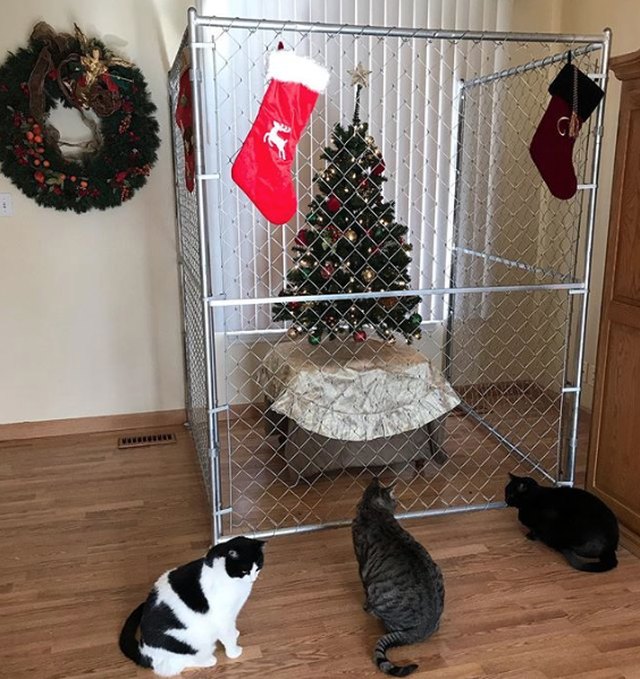

We know that we don’t eat just to restore our energy balance, that's the homeostatic part. "Viewing food activates the hedonic response and the sensory responses," says Coricelli, "I think that's where all of what we're looking at here lies. People eat food to fuel their bodies, but we also eat for fun and pleasure. So when we say 'the first taste is with the eyes' it has a scientific basis." The interesting part is, even just viewing that food activates the taste area, so the insula, that is the primary gustatory cortex, is activated. "Everything happens visually, so you don’t have to eat it.

"One hundred milliseconds after you see a picture of food or a non-food, the brain responds in a different way," Coricelli explained in a video interview this week. "When we say 'the first taste is with the eyes' it has a scientific basis."Ĭoricelli explained that recognizing food is an intensely visual process. So I called her up to help explain why I wanted to eat the dangerous glass. Glass is objectively not food, but her expertise lends some insight as to why the human brain might interpret molten glass as a forbidden snack. For her PhD in Cognitive Neuroscience she researched food recognition, using neural imaging techniques to examine what happens when people look at something they perceive as food. The desire to touch the hot glass (do not), lick the finished glass (do not), or otherwise consume it (you will die) is strong for some people and nonexistent in others - but why does that desire exist at all?Ĭarol Coricelli is a postdoctoral fellow at the University of Western Ontario and an Adjunct Lecturer at the University of Gastronomic Sciences in Bra, Italy. That focus on the material captures the danger of working with a substance heated to 2000 degrees Fahrenheit it also makes the glass look absolutely delicious.Įmpirically, seeing a metal ladle of anything hot enough to burn a hole in a human body shouldn't inspire hunger, but something about watching a syrup of melty goodness become candy-colored sculpture is irresistible. The competition show for glassblowers has quirky competitors, fun guest judges, oodles of glasswork sex puns (drink every time someone says "glory hole"), and of course, the visual thrill of seeing simple glass turned into stunning works of art.īlown Away's editing relies on slow-motion shots of artists stretching ropes of shiny, glowing glass between their tools and close ups of hands manipulating technicolor goo into fantastic shapes. There's a lot to enjoy in every episode of Netflix's (Opens in a new tab) Blown Away (Opens in a new tab).

#Cat blown away instagram series#
She has over 13,000 followers on Instagram.Welcome to Thanks, I Love It, our series highlighting something onscreen we're obsessed with this week.
#Cat blown away instagram full#
Johnston is currently based in Portland, USA, where she devotes full time to her art when she’s not teaching or crocheting.

Her illustration clients include the Financial Times, Linda McCartney Foods, and Penguin. She worked with Andersen M and Tundra studios using paper for stop-motion animation. All these are created from paper and textiles. Just sample Johnston’s creations… strange creatures such as a moth-human hybrid, a frog in a sporting tracksuit smoking, striped coral, and many other unusual artworks. Says she on, “I was blown away by all the strange and lovely cacti and succulents and the animals I saw there (hummingbirds and pelicans and raccoons) and wanted to create a landscape of plants and creatures that felt alien and magical as California did to me.” Living here, she created many of the lifeforms that catapulted her to fame. It was when Johnston moved to San Francisco, USA, that she got the opportunity to explore the environment.


 0 kommentar(er)
0 kommentar(er)
